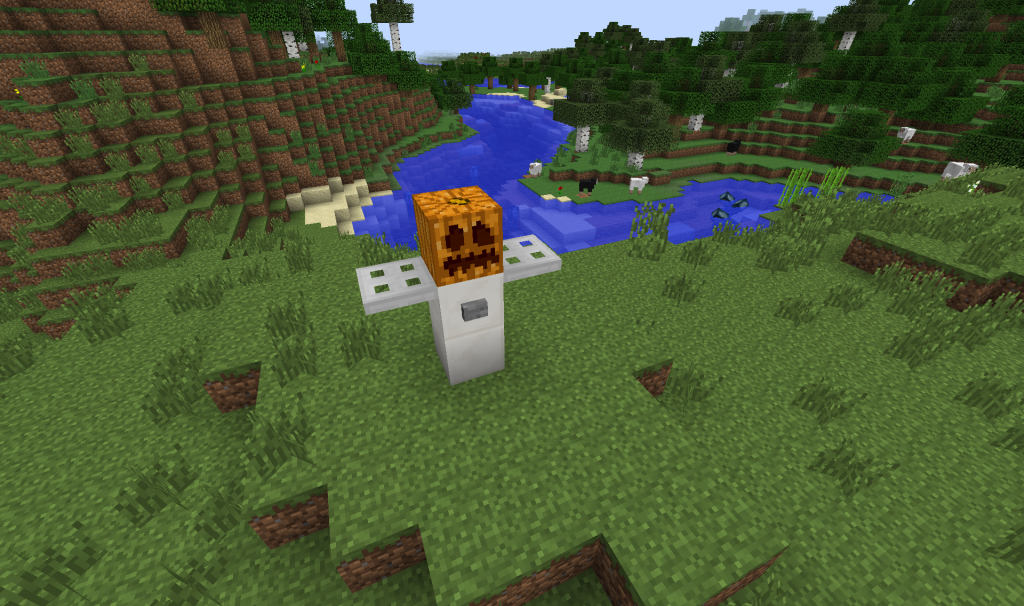How we got here
When it first started looking like server administrators were no longer going to be able to charge players for in-game items or bonuses, the first question that was often was being asked was “How am I going to support my server that costs $xxx/month to run?”
Initially my reaction was fairly unsympathetic - that if you couldn’t afford to run your server without donations/selling items, you couldn’t afford to run the server at all – and that while this revenue was nice, it shouldn’t be something the server relies upon to survive and that those that did depend on it were simply too big to operate and should downsize.
But then I started thinking about what caused this situation in the first place. Why do we have such huge servers and networks capable of sustaining hundreds of simultaneous users all at the same time?
At first it seems very counterproductive. You may be able to fit 200 players on a server, but should you? Adding more players to a server is going to cause diminishing returns. A 200 player server isn’t going to be significantly more fun than a 100 player server, and that’s not going to be much more fun than a 50 player server – simply because there is a limit on how many people you can interact with at the same time. Granted a 20 player server is almost certainly more fun than a 10 player server, but there is definitely a point at which adding more players stops adding any value.
Almost every game I play that has dedicated servers, I find myself a regular on maybe 3 or 4 different servers since a lot of games max out at between 16-32 players, if one server is full you simply join another.
‘Why doesn’t this apply to Minecraft?’ I thought to myself. But there’s a huge difference between Minecraft and many other games. One Team Fortress 2 server is much like any other. The map rotation might be slightly different and there may be some extras, but there isn’t a right lot tying you to any given server (other than its community) – you can just as easily drop yourself into another server and enjoy yourself just as much.
The difference lies in the creative and deeply personal nature of Minecraft. A given server has your stuff there. The things you’ve made, the caves you’ve explored, and the home you built for yourself and your friends by investing time and effort. And that’s before getting to meta-games within Minecraft where players complete quests and acquire resources.
This ties players to a given server much more strongly than almost any other game. There is something to be lost by going to a different server.
What this causes is a pressure on server administrators to allow more players at the same time, because players become frustrated if a smaller server is full all the time thus denying them their existing work and wasting their invested time and effort.
This is the point that I think has been overlooked. The demands of the player base (due to the nature of the game) are in conflict with the realities of running a server. So the only solution was to fund server growth.
Moving Forward
When dealing with a younger audience, micro transactions are a very attractive way of raising funds from both the customer and the vendor’s perspective. For the customer, it means something very quick with instant gratification, and no long term commitment. For the vendor, it means they can get revenue from a very large number of users, some of whom may be simply passing through never to visit again – keeping the payments very small for instant rewards allows this to happen.
What server owners have been told however is that they can only charge for either cosmetic items that don’t affect gameplay or for access to the server.
The unfortunate impact of this is that excludes any kind of ‘casual’ revenue generation as both of these require building a relationship with a particular server.
At a glance this seems ideal, due to the issue I mentioned earlier of the way that player’s attachment to their ‘property’ on any given server. And I’d largely agree that this is the way to go.
My concern is that players won’t contribute financially to servers that require payment in order to play so long as there are other servers available that don’t. Those servers will be smaller on average, but the question that this will answer is how much financial value do players place in their creations? Will they pay in order to stay where they are, or will they abandon their efforts and move elsewhere?
Closing Thoughts
Ultimately, I do think the solution is for there to be a larger number of smaller servers and that the days of 100+ player servers are very much numbered.
The technical problem that needs to be solved is how to keep players in contact with their in game properties.
One solution I think could work well is effectively a rolling whitelist with a queue. A server where anyone can join the queue to be on its whitelist, and players lose their whitelist slot if they don’t play on the server for more than a given amount of time (say 14 days) – this allows people to stay attached to their content without costing the server from inactive players being on the whitelist and denying new revenue opportunities from new users.
Ultimately though the community is going to have to re-think how servers are being paid for, how big they are, and what kind of communities they’re going to build. The two polar opposites are small servers with a very tight, very regular community of users – and very large servers with a casual user base that drop in and out with great frequency.
In this new environment, the latter is almost certainly unsustainable. But what remains to be seen is how far along that spectrum you can go and still have a viable server.
_________________________________________________
PhonicUK is the creator of MCMyAdmin, a server control panel, and past contributor to CraftHub. You can follow him on Twitter at @PhonicUK, on his blog, or check out MCMyAdmin.



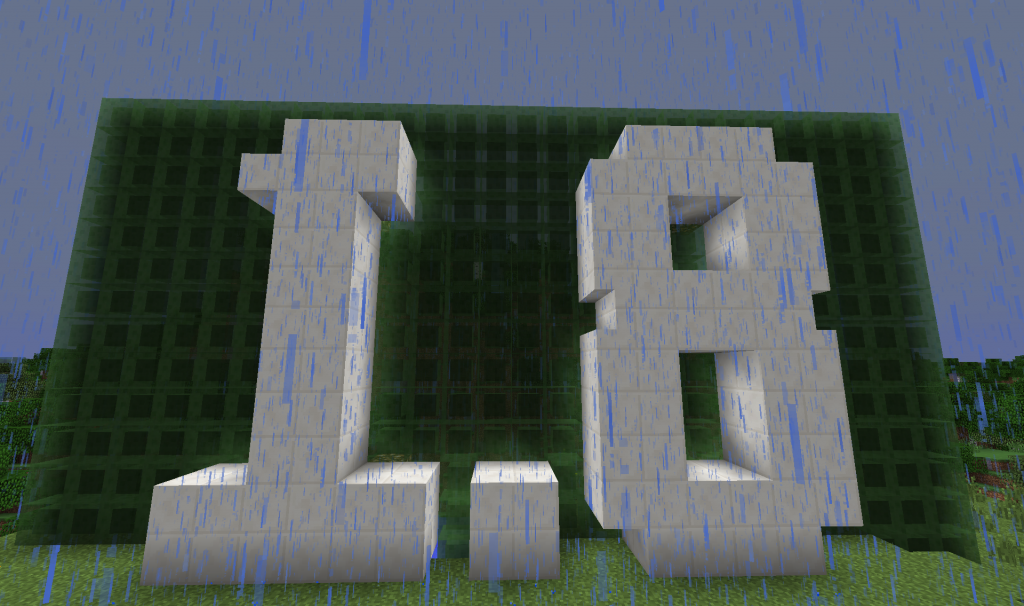







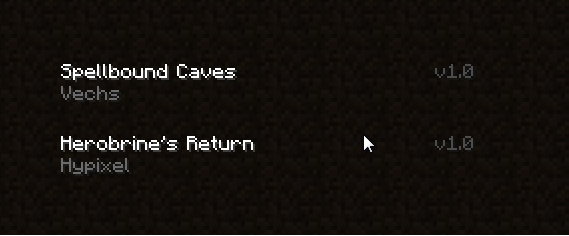

















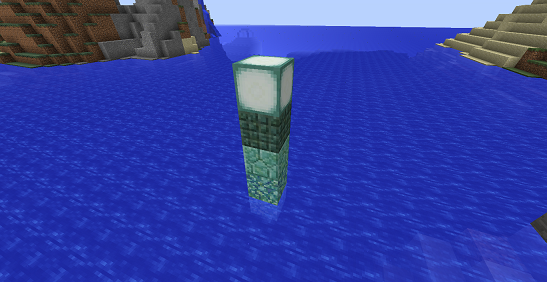

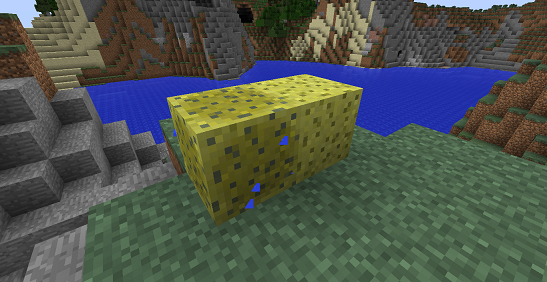 There has been two more notable changes for survival Minecrafters. Early versions of 1.8 snapshots introduced crafting recipes for the rarer stone types found throughout our worlds. 25b allows survival players to cook stone brick blocks in a furnace to create Cracked Stone Bricks. The 1.7 biome update gave us a glimpse of a dirt block in the mega taiga biomes that would not allow the spreading of grass. Now we have a recipe (dirt and gravel), and a new texture for a "Coarse Dirt" block with the same properties.
There has been two more notable changes for survival Minecrafters. Early versions of 1.8 snapshots introduced crafting recipes for the rarer stone types found throughout our worlds. 25b allows survival players to cook stone brick blocks in a furnace to create Cracked Stone Bricks. The 1.7 biome update gave us a glimpse of a dirt block in the mega taiga biomes that would not allow the spreading of grass. Now we have a recipe (dirt and gravel), and a new texture for a "Coarse Dirt" block with the same properties. 


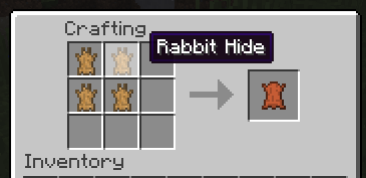

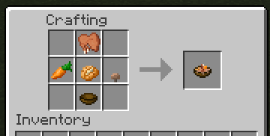
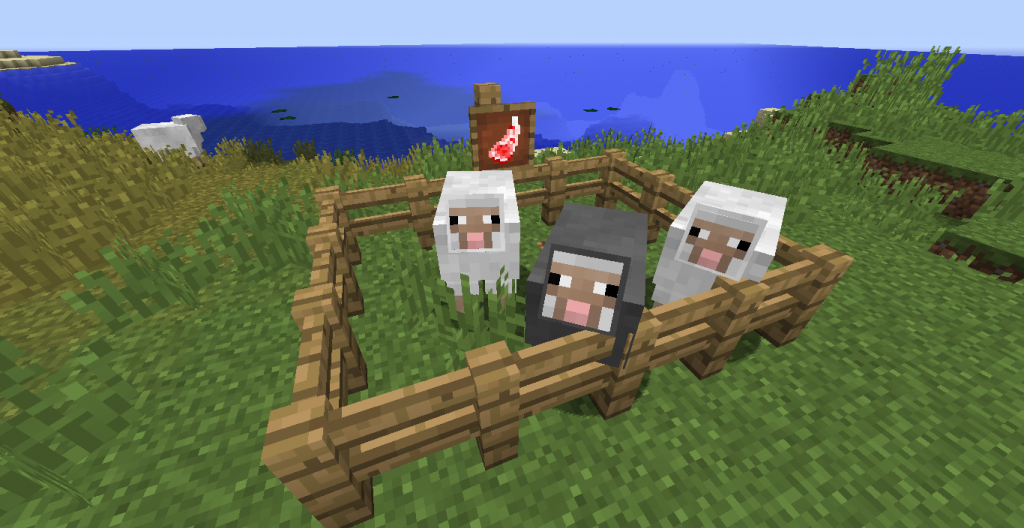
 First of all we have an enormous pile of new blocks to play with!
First of all we have an enormous pile of new blocks to play with!